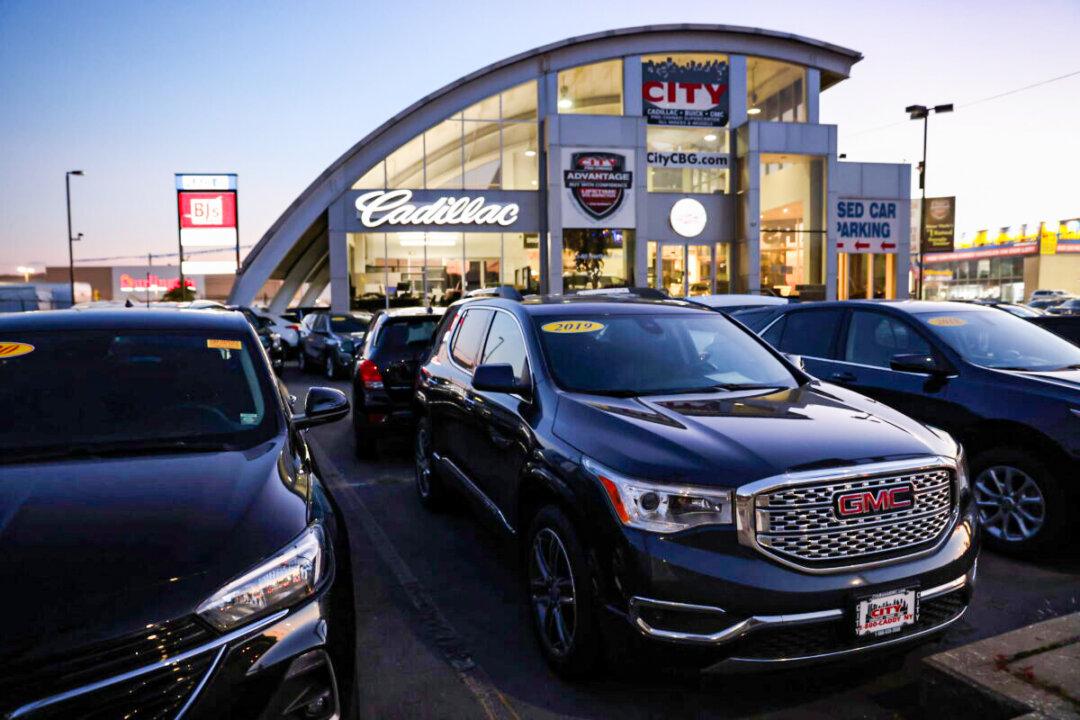Transaction prices on new vehicles have dropped below the manufacturer sticker price in March 2023 for the first time in 20 months, with the first quarter seeing a downtrend in prices.
The average price paid for a new vehicle by Americans fell to $48,008 in March, which is $171 below the average sticker price, according to a press release on April 11 by automotive research firm Kelley Blue Book. This is the first time in almost two years that the average transaction price (ATP) of a new vehicle fell below the average maximum suggested retail price (MSRP). A year back in March 2022, the ATP was almost $1,000 above the MSRP.





